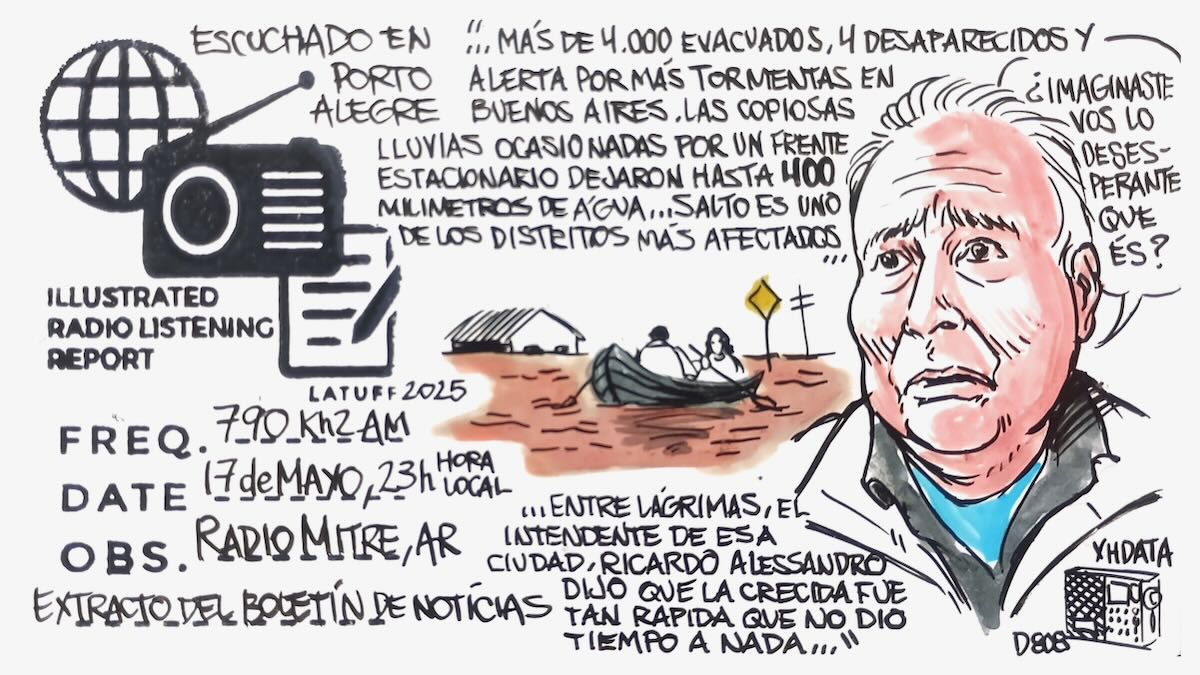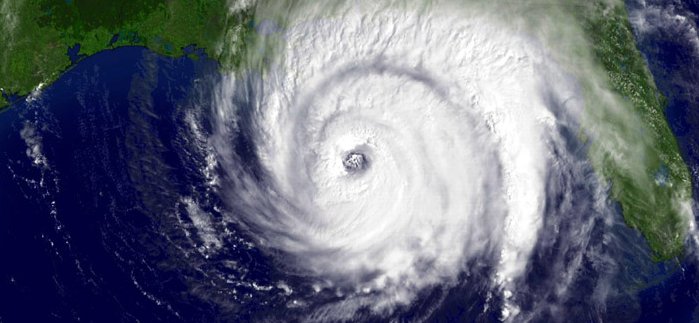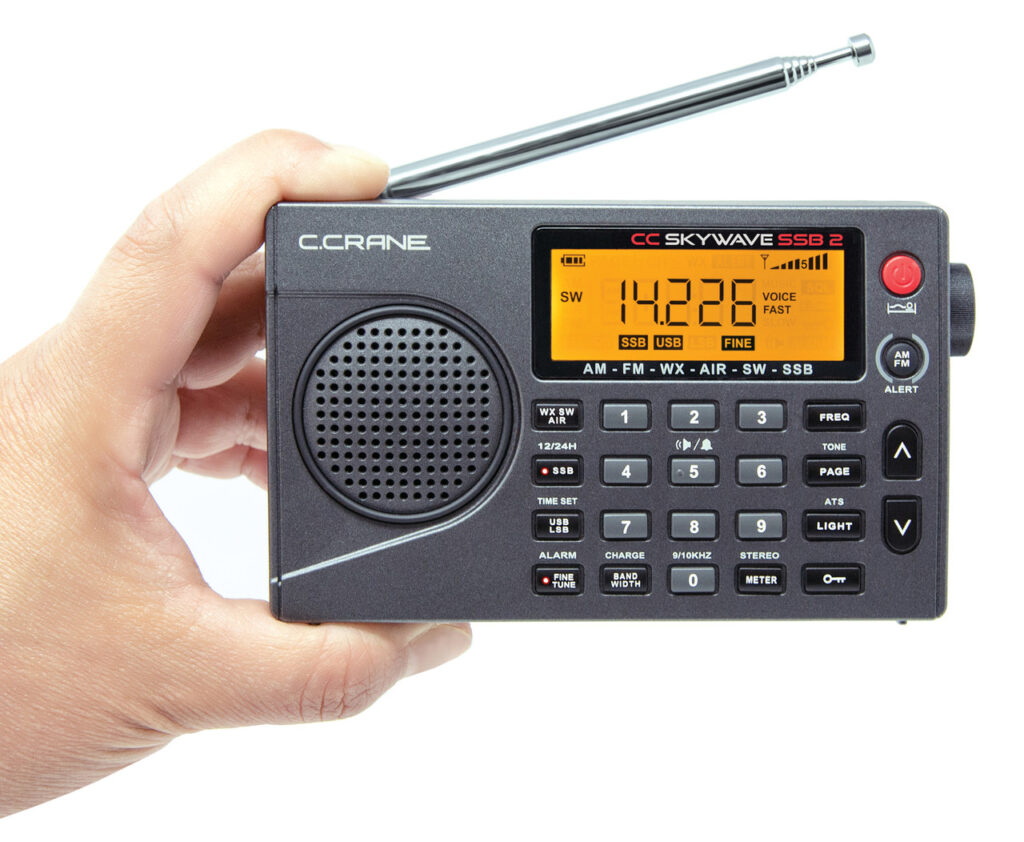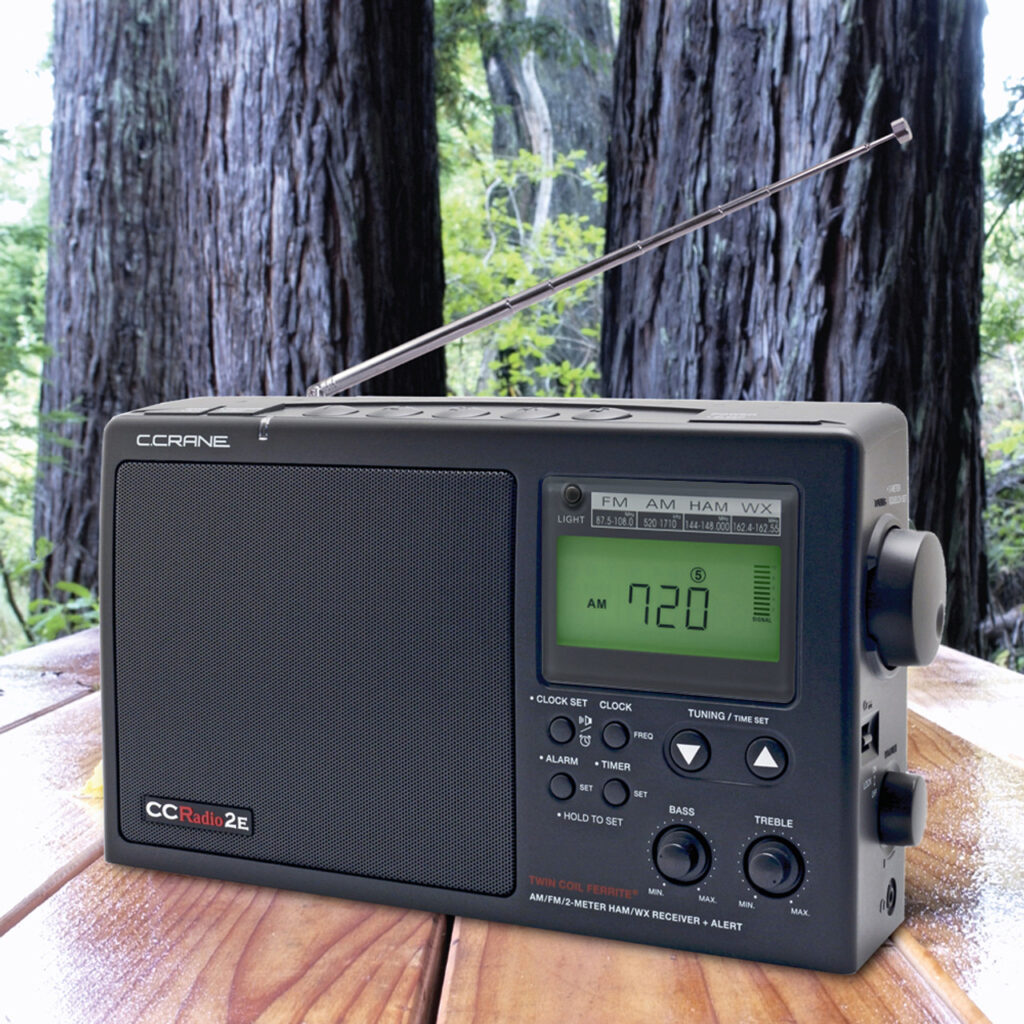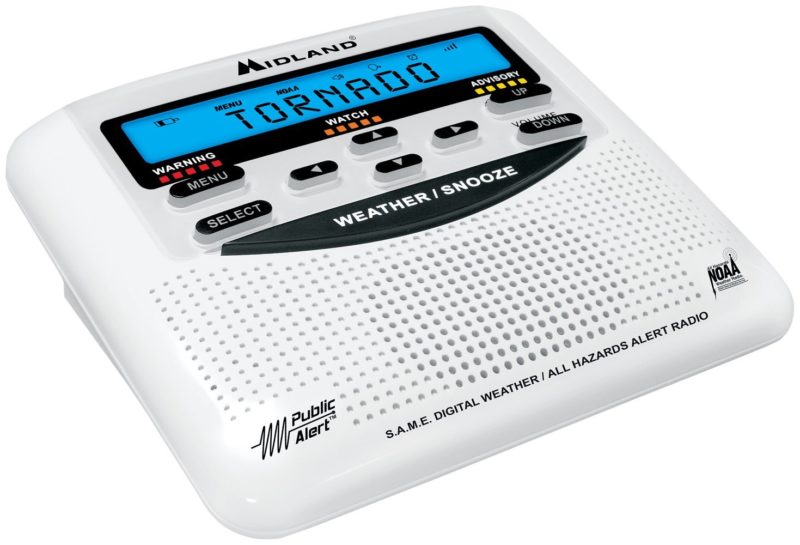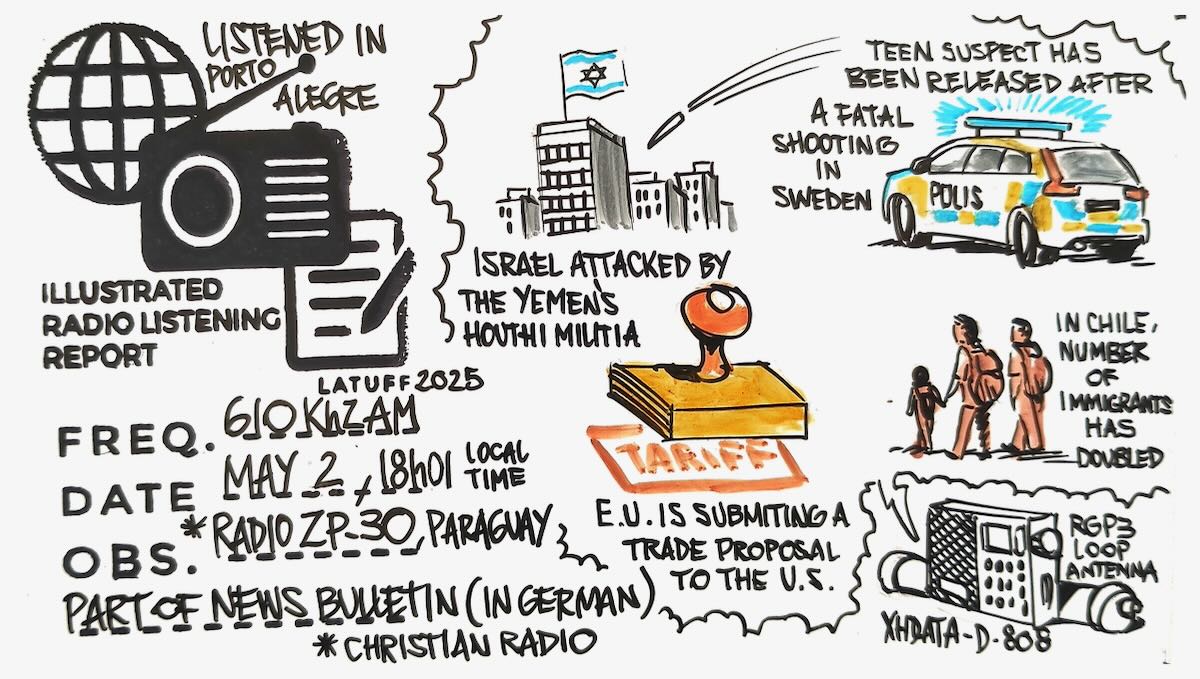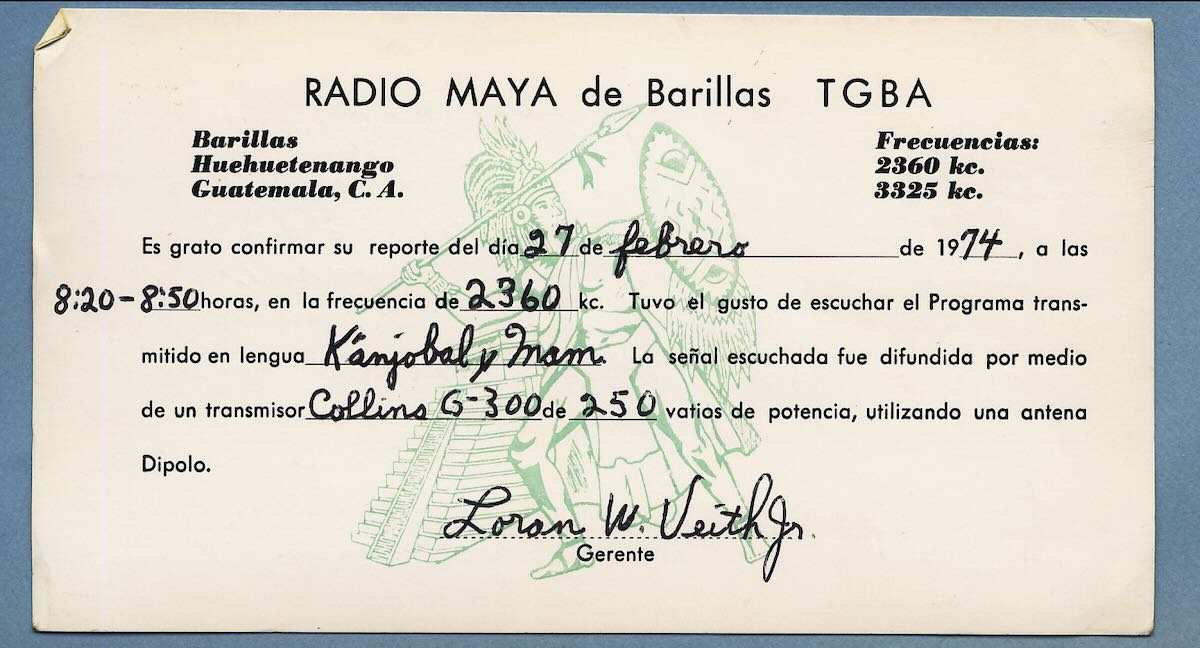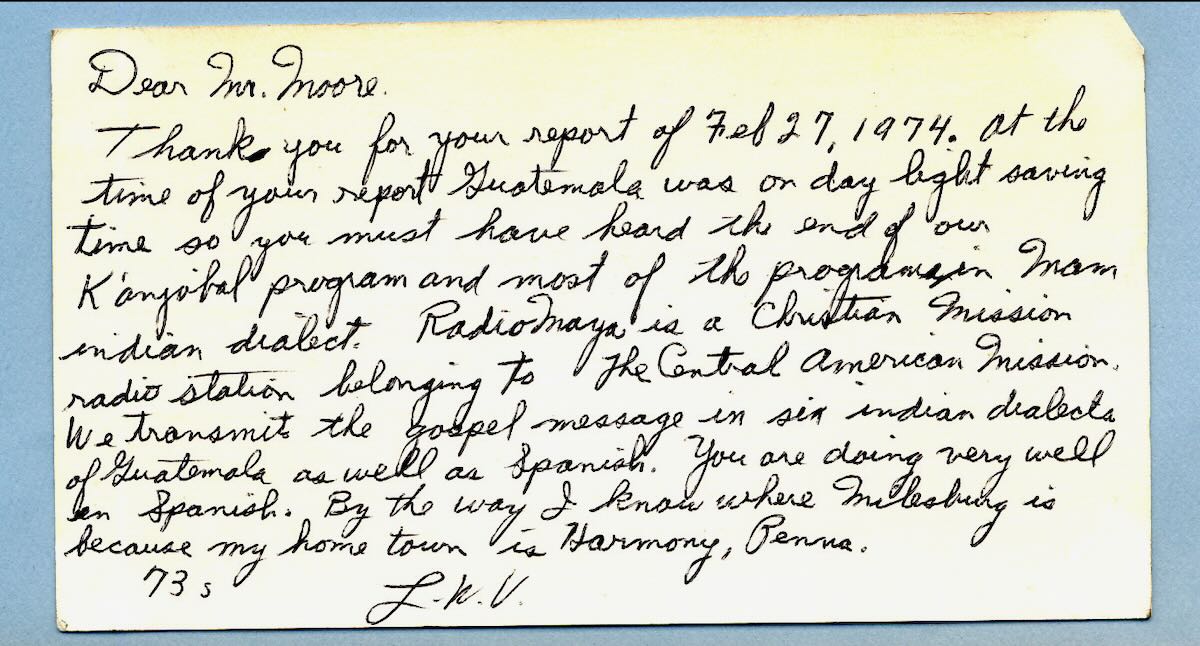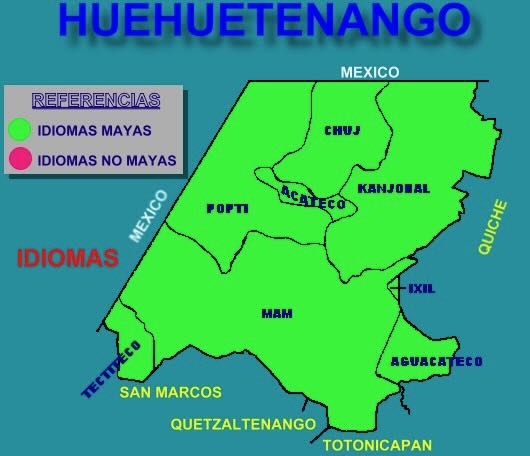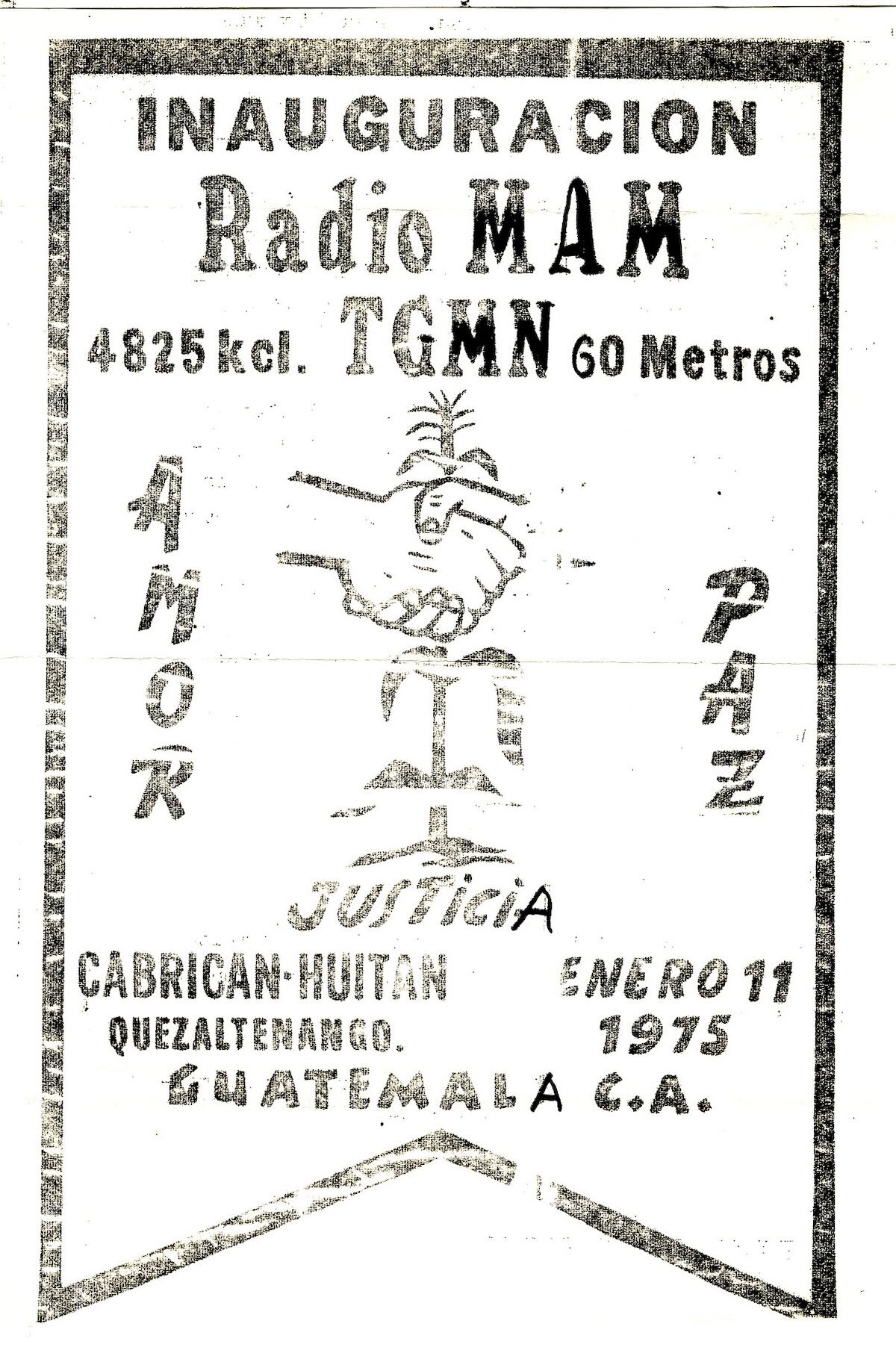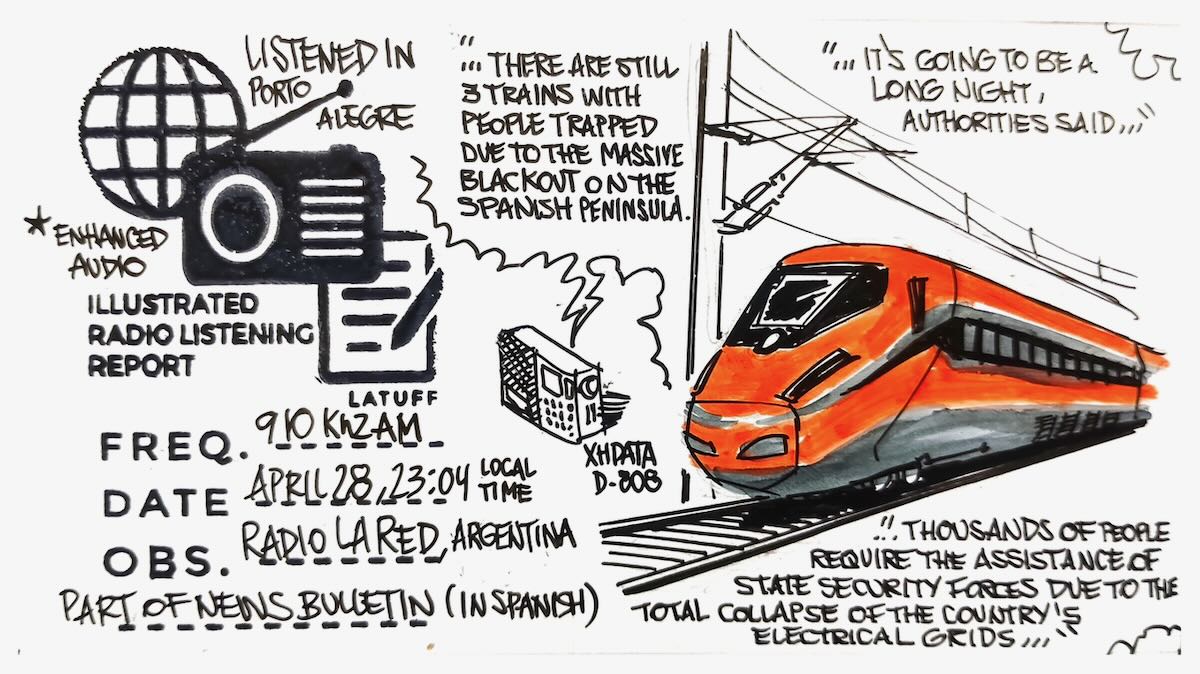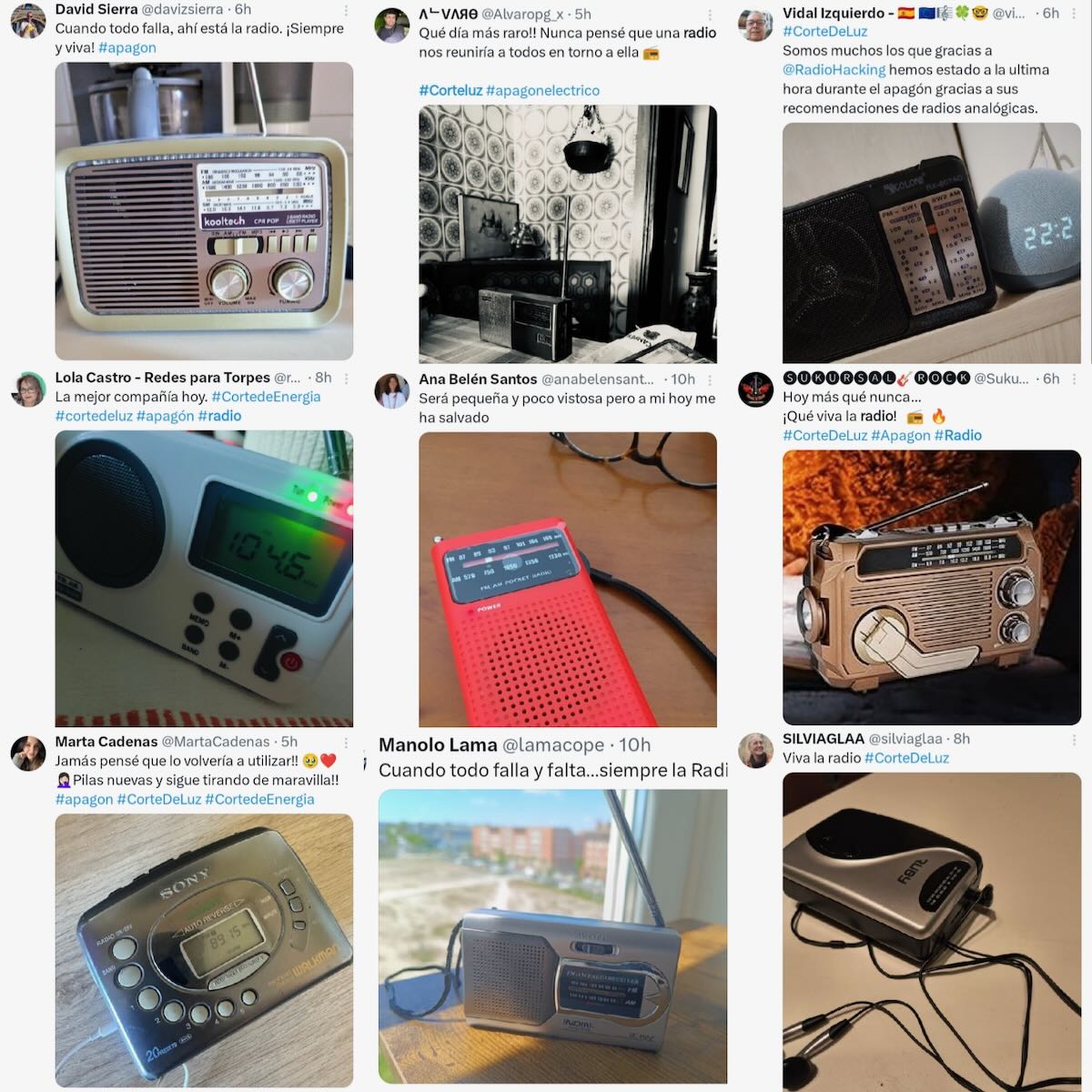A recent Radio World article summarizes a U.S. Senate Commerce Committee report raising concerns about the removal of AM radio from new vehicles. The report highlights AM radio’s role in national emergency alert systems and notes its low cost to manufacturers. It recommends Congress consider legislation to ensure AM capability remains standard in future vehicles.
Category Archives: AM
Carlos’ Illustrated Radio Listening Report and Recording of Radio Mitre (May 17, 2025)
Many thanks to SWLing Post contributor and noted political cartoonist, Carlos Latuff, who shares the following illustrated radio listening report of a recent Radio Mitre broadcast.
Carlos notes:
Floods in Buenos Aires, Rádio Mitre, 790 kHz AM:
Part of Radio Mitre (Argentina) news bulletin (in Spanish) on the torrential rains that caused flooding in Buenos Aires, with a moving testimony from the mayor of Salto, Ricardo Alessandro. Listened in Porto Alegre, Brazil, on an Xhdata d-808 receiver.”Salto is one of the hardest-hit districts. The river reached over 10 meters and has already affected 9,000 people. Through tears, the mayor of that city, Ricardo Alessandro, said the flood was so fast that there was no time to do anything. ‘It rosed so fast that people didn’t even had time to get their clothes out of their homes in two hours. I didn’t even underestimate the flooding, but something happened that hadn’t happened before.Did you imagine how desperate it is? Look, I’m touched because the speed at which the water moves is incredible, it’s incredible.'”
Emergency radio? You bet!
By Jock Elliott, KB2GOM
Recently, this blog featured great coverage of the use of battery-powered radios during the recent blackout in Europe.
It was a serious business: electric power, cell phone networks, internet, all gone in a moment, followed by an instant information vacuum. Battery-powered portable radios and local broadcasters with backup power came to the rescue, providing information as they could.
You can find the SWLing blog coverage here:
- Pedro’s Report from Madrid During the Blackout
- Europe Blackout: Carlos’ Illustrated Radio Listening Report and Numerous Posts Praising Radio
And when Hurricane Helene slammed western North Carolina and eastern Tennessee, radio was an invaluable resource. It was two-way radio, but the point remains the same: radio can be of great help when the lights go out.
So, here’s the upshot: when the lights go out, the cellphone is mute, and the internet is down, you need a means of gathering information so you can figure out what’s going on and what actions you might need to take . . . and that means of gathering information would be a battery-powered radio capable of – at a bare minimum – receiving your local broadcasters on medium wave and/or FM, and, if you live in North America, also capable of receiving weather radio.
My strong personal preference is for radios that can be powered by standard-size (like AA, AAA, and D cells), off-the-shelf, readily-available, consumer-grade, non-proprietary batteries. Why? Because, during a long-duration emergency, when my standard-size rechargeable cells run out of juice, I can drop in some off-the-shelf alkalines and keep using my radio.
With that in mind, here are three radios that I like. All three deliver worthy performance on AM, FM and weather bands (and sometimes additional bands) and can be powered by off-the-shelf batteries. I have used all three over extended periods and can recommend them without reservation.
CCrane Skywave SSB 2
The CCrane Skywave SSB 2 is a radio that brings a lot of capabilities in a diminutive package (3” W x 4.75” H x 1.1” D). It can receive: AM: 520 – 1710 kHz (10 kHz Steps), AM: 522 – 1620 kHz (9 kHz Steps – International), FM: 87.5 – 108 MHz (Regular Mode), FM: 76 – 108 MHz (When 9kHz is Selected), Shortwave: 1711 – 29999 kHz, (Includes SSB Fine Tuning in increments of 10Hz, providing the ability to listen to long-distance ham radio communications), Aviation: 118 – 137 MHz with scan capabilities, and Weather Band with alert capabilities.
It will run for about 65 hours on a pair of AA batteries. It comes with an adapter that can be used to connect to a long-wire antenna for improved reception of shortwave and SSB signals.
The CCrane Skywave SSB was the first radio I purchased when I got back into shortwave listening, and I have employed it to monitor AM, FM, ham communications, air band, and weather alerts. It is a pint-sized powerhouse that delivers a ton of versatility, and I really enjoy using it.
CCRadio SolarBT
The CCRadio SolarBT measures 6 inches wide by 3 inches high by 2.5 inches deep and weighs just a bit over a pound with batteries installed. The CCradio SolarBT can receive AM (MW) band from 520 to 1710 kHz, FM from 87.5 to 108 MHz (76-108 MHz in expanded mode), and 7 NOAA Weather Radio channels from 162.400 MHz to 162.550 MHz. In my opinion, it provides a step up in performance on the AM, FM, and weather bands.
What really sets the SolarBT apart is the flexibility of powering it. There are five options: (1) an 18650 Li-ion 3.7 volt rechargeable battery which provides around 50 hours of playing time (the manual advises fully charging the internal battery before use), (2) 3 AA batteries (not included, but good for about 40 hours of playing time. Don’t use Lithium batteries, the manual warns.), (3) a 110 mA solar panel (park the radio in a sunny window to keep it trickle charged), (4) a wind-up dynamo generator (300-500 mA at about two rotations per second. 90 seconds of winding will power the radio for 8-13 minutes or will charge your cell phone enough to make a few quick calls), or (5) a 5-volt DC, 1000 mA micro USB cable or optional AC adapter.
To quote from my original review of the SolarBT: “The SolarBT may be small, but, in my opinion, it punches above its weight and provides excellent sensitivity for its size on the AM, FM, and weather bands. You might buy it as an emergency radio, but my guess is that you will soon discover the joy of DXing with it.”
CCRadio 2E
The CCRadio 2E is large – 11″ W x 6.5″ H x 4″ D – but very capable. The CCrane company calls the 2E its “flagship,” and I can see why: in my experience, the 2E delivers exceptional performance in receiving AM, FM, and NOAA Weather Band with Weather Alert. In addition, it can also receive the 2-Meter Ham Band, which could be a vital source of useful information during an emergency.
In normal operation, the 2E can run off house power. But when the electricity goes off, it switches automatically to four internal alkaline D cells (user supplied), which offer roughly 170 hours of operation at a moderate volume level with the display light and weather alert feature off.
When my sister-in-law admitted that she didn’t have an emergency radio, I gave her a 2E. Why? Well, in part because of the exemplary performance, in part because of the long duration on batteries, and in part because it operates much like a car radio. I found her favorite stations, stored them, selected the strongest weather station, and also found and stored the local ham repeaters. Then I explained it to her: “Press this button to turn it on, this button to select the band you want, then press the buttons on top to select the station you want.” Easy-peasy.
The 2E isn’t just an excellent emergency radio, it’s a really great general purpose radio that will please habitual radio listeners and delight DXers who hunt for distant stations.
What if . . .
I can almost hear what you are thinking: ‘Yes, that is all well and good, but what if I already have a radio that I really like that runs on rechargeable batteries?”
Fair enough. My answer would be: buy some additional batteries that fit your radio, charge them up, and make sure that you keep them topped up from time to time.
And if your favorite radio does not receive NOAA weather band and you live in North America, get yourself a dedicated weather radio to fill in the gap. I own and can recommend the Midland WR120 Weather Alert Radio. It offers excellent performance and very sophisticated alert programming options.
So get yourself prepared, radiowise, for the next emergency . . . and enjoy your radios in the meantime!
Carlos’ Illustrated Radio Listening Report and Recording of ZP-30 (May 2, 2025)
Many thanks to SWLing Post contributor and noted political cartoonist, Carlos Latuff, who shares the following illustrated radio listening report of a recent ZP-30 broadcast.
Carlos notes:
International news of Radio ZP-30, from Paraguay, 610 kHz AM
Part of Paraguay’s Radio ZP-30 news bulletin (in German). Listened in Porto Alegre, Brazil, on a Xhdata d-808 receiver.
Don Moore’s Photo Album: Guatemala (Part Six) – Huehuetenango
Many thanks to SWLing Post contributor Don Moore–noted author, traveler, and DXer–for the latest installment of his Photo Album guest post series:
Don Moore’s Photo Album:
Guatemala (Part Six) – Huehuetenango
by Don Moore
More of Don’s traveling DX stories can be found in his book Tales of a Vagabond DXer [SWLing Post affiliate link]. If you’ve already read his book and enjoyed it, do Don a favor and leave a review on Amazon.
I first heard of Huehuetenango in February 1974. I had gotten my first serious receiver, a Barlow-Wadley XCR-30, a few weeks earlier. Now I could try for stations in the 120-meter band. The first one I heard was Radio Maya de Barillas on 2360 kHz from a place named Barillas in Guatemala. And Santa Cruz de Barillas (the town’s full official name) was in a department named Huehuetenango. The name sounded exotic and magical.
In my mind, Radio Maya de Barillas was the ultimate DX target. The Evangelical Protestant station used a tiny amount of power in 120-meters, the shortwave band that provided the most challenge to DXers. The programs were in Mayan languages with mostly hard-to-pronounce names. And my map showed that Barillas was literally at the end of the road. There was nowhere to go beyond Barillas.
That sense of Huehuetenango being on the edge of civilization was totally correct. The department contains the rugged Cuchumatanes mountains, the highest non-volcanic mountains in Central America. It’s the only place in Central America where it’s too cold to grow corn. Instead, people get by raising sheep and planting potatoes. The mountains explain why eight different Mayan languages (belonging to three different language families) are spoken in this one department. Steep rugged mountains are a barrier to communication. A lack of communication causes a common language to diverge into multiple languages over just a few centuries.
The Mam, numbering about half a million, are the fourth largest Mayan group in Guatemala and their homeland extends into other departments in the south. But the other seven languages are only found in Huehuetenango with maybe a little spillover across the borders. The largest of those is Kanjobal, spoken by about 80,000 people today. The Tectiteco (Tektik) number just a little over two thousand.
As noted on the back of my QSL from Radio Maya de Barillas, that station broadcast in six of the region’s languages, including Mam and Kanjobal, the language spoken in and around the town of Barillas. For about a decade Radio Maya was the only radio station to broadcast in the region’s languages. Then in 1975 the Roman Catholic church opened an educational station, Radio Mam, in Cabricán to the south in Quetzaltenango department. But Radio Mam only broadcast in the Mam language. (And, unfortunately, I never got to visit the station.)
Visiting Huehuetenango (or not)
When I was traveling to Guatemala while living in Honduras in the early 1980s, one of my goals was to visit as many Guatemalan shortwave stations as possible. Yet I never once considered going to Barillas. Sure, I knew that the dirt road from the town of Huehuetenango to Barillas was one of the worst in Central America and that the bus ride took twelve hours. That wasn’t going to stop me.
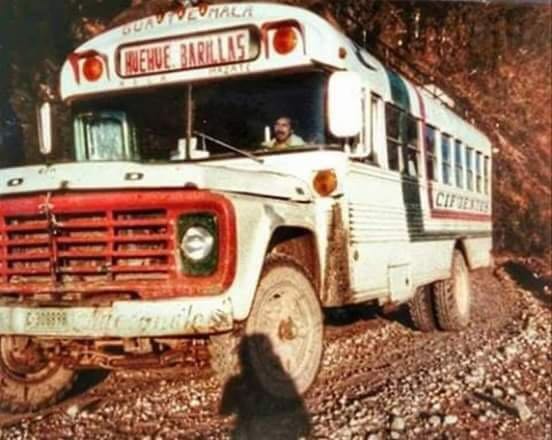
Photo from SantaCruzBarillas.com
What stopped me from visiting Radio Maya was that Barillas was right in the middle of the area of the heaviest fighting between the government and the guerrillas. This may surprise you if you’ve read the previous parts of this series, but there really were some things back then that I knew better than to do. Going into the worst part of a war zone was one. The closest I came to Barillas was passing through the southern part of the department on the Pan-American Highway on my way to Mexico in December 1984. That was just a few weeks after a guerilla band had ventured south and blown up four bridges on the road. Continue reading
Pedro’s Report from Madrid During the Blackout
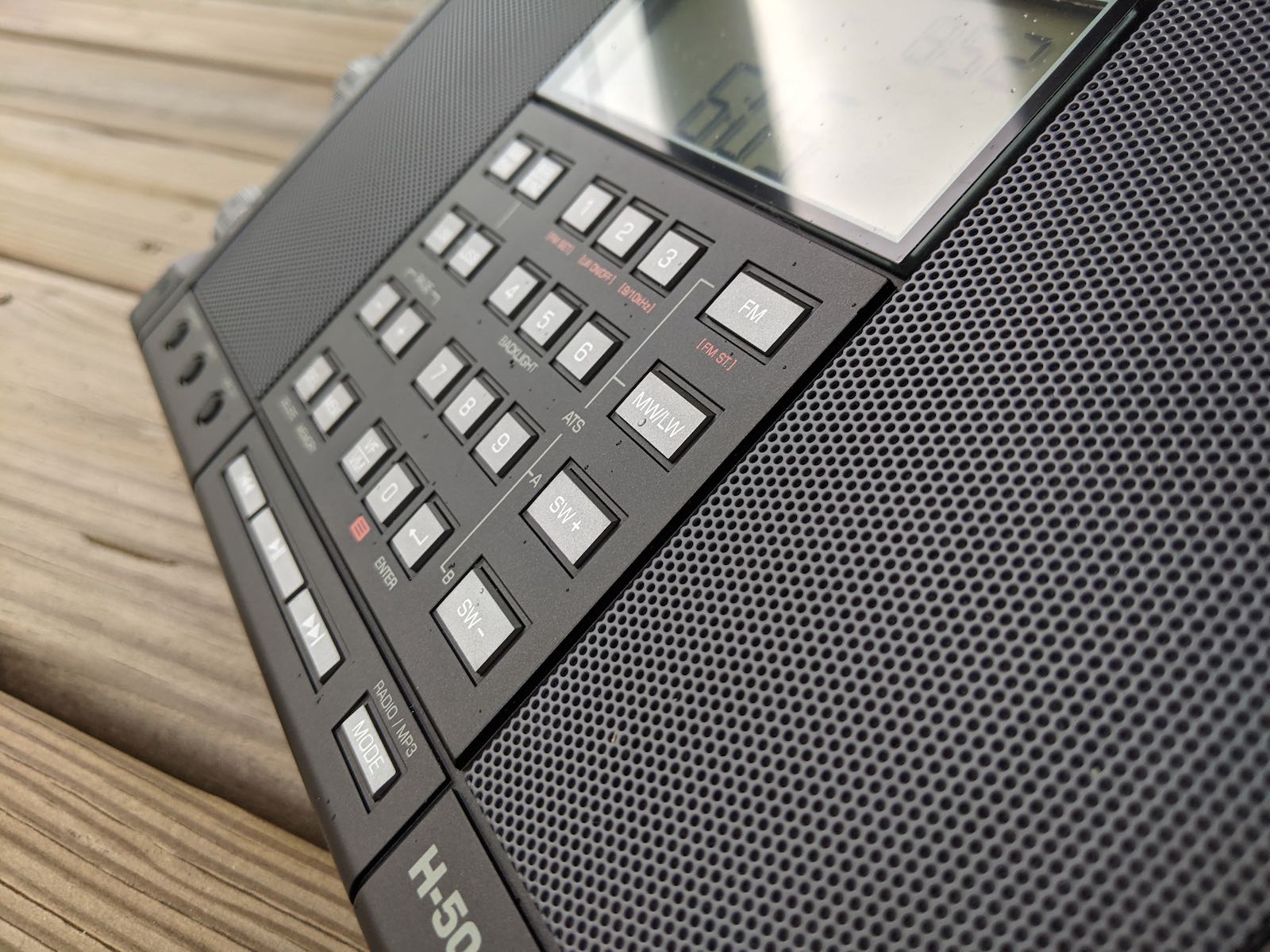 In the comments section of this recent post about the massive blackout in Europe, SWLing Post contributor Pedro Moreno shared an insightful firsthand account from Madrid. He captured the value of radio during a communications outage so effectively that I wanted to give it more visibility by highlighting it in its own post:
In the comments section of this recent post about the massive blackout in Europe, SWLing Post contributor Pedro Moreno shared an insightful firsthand account from Madrid. He captured the value of radio during a communications outage so effectively that I wanted to give it more visibility by highlighting it in its own post:
Listener Report from Madrid During the Blackout
By Pedro Moreno
I live in Madrid, and yesterday, after the blackout started, I began to wonder if this was due to a problem with my home electrical installation. Then I expanded my research outside my home to the community premises and discovered that there was a mains shortage as well. So I went further afar and came out to the street to note that there were no noises of electrical tools, and most of the people walking in the street were absorbed looking at their phone screens—only to see there was no data connection.
So I came back home and took my Tecsun H501x radio to scan, first on the FM band, just to find out there were some missing stations—for instance, RNE1, RN2, RN3, and Radio Clásica, also a Spanish government broadcaster. Then I knew there was something really bad going on.
Next, I switched to the 7100 kHz band in LSB/USB, where some Spanish radio enthusiasts were commenting on the blackout. There, I found out the blackout was going on in Portugal, Spain, and France. Also, a German radio amateur was commenting on his station about a “blackout in Spain, Portugal, and France as well.” So then, I knew what was going on.
Then I began to search for more information, scanning up and down all the shortwave spectrum looking for more information regarding what was causing the blackout—alas, without finding any specific information about the causes or the expected time for the restoration of the power supply. But I noticed something really new and surprising: the shortwave noise across all the bands was gone, and I could tune into a large number of commercial and amateur stations without noise and quite clearly. That was amazing.
Thank you, Pedro, for sharing this firsthand account. Yes, the only positive in a blackout situation like this is the complete lack of radio interference on portions of the radio spectrum.
I’ll add that in the immediate aftermath of Hurricane Helene, my experience was very similar: the only widely available forms of communication in our region were AM/FM radio and amateur radio.
As SWLing Post contributor qwertymax so perfectly put it:
“In such situations, there are two crucial things needed to get the info delivered, namely: a capability to cover vast distances and the possibility of receiving the signal with a device that uses as low energy as possible – and these are the main traits of analogue radio.”
Europe Blackout: Carlos’ Illustrated Radio Listening Report and Numerous Posts Praising Radio
Many thanks to SWLing Post contributor and noted political cartoonist, Carlos Latuff, who shares illustrated radio listening report of a recent Radio La Red broadcast.
Carlos notes:
Massive blackout in Spain, Radio La Red, Argentina, 910 kHz AM:
Part of Radio La Red news bulletin (In Spanish) about the massive blackout in Spain. Listened (indoor) in Porto Alegre, Brazil, on a Xhdata d-808 receiver.
Click here to view on YouTube.
With the massive blackout that hit Spain, Portugal and other regions of Europe on Monday, April 28, once again the good old battery-powered radio proved to be the king. Without electricity, cell phone or Internet signal, people turned to the radio to stay informed. These are just some of the posts that flooded Twitter, from Spaniards grateful to have a simple battery-powered AM-FM receiver in their homes. Does anyone still have any doubts about the importance of the radio?


